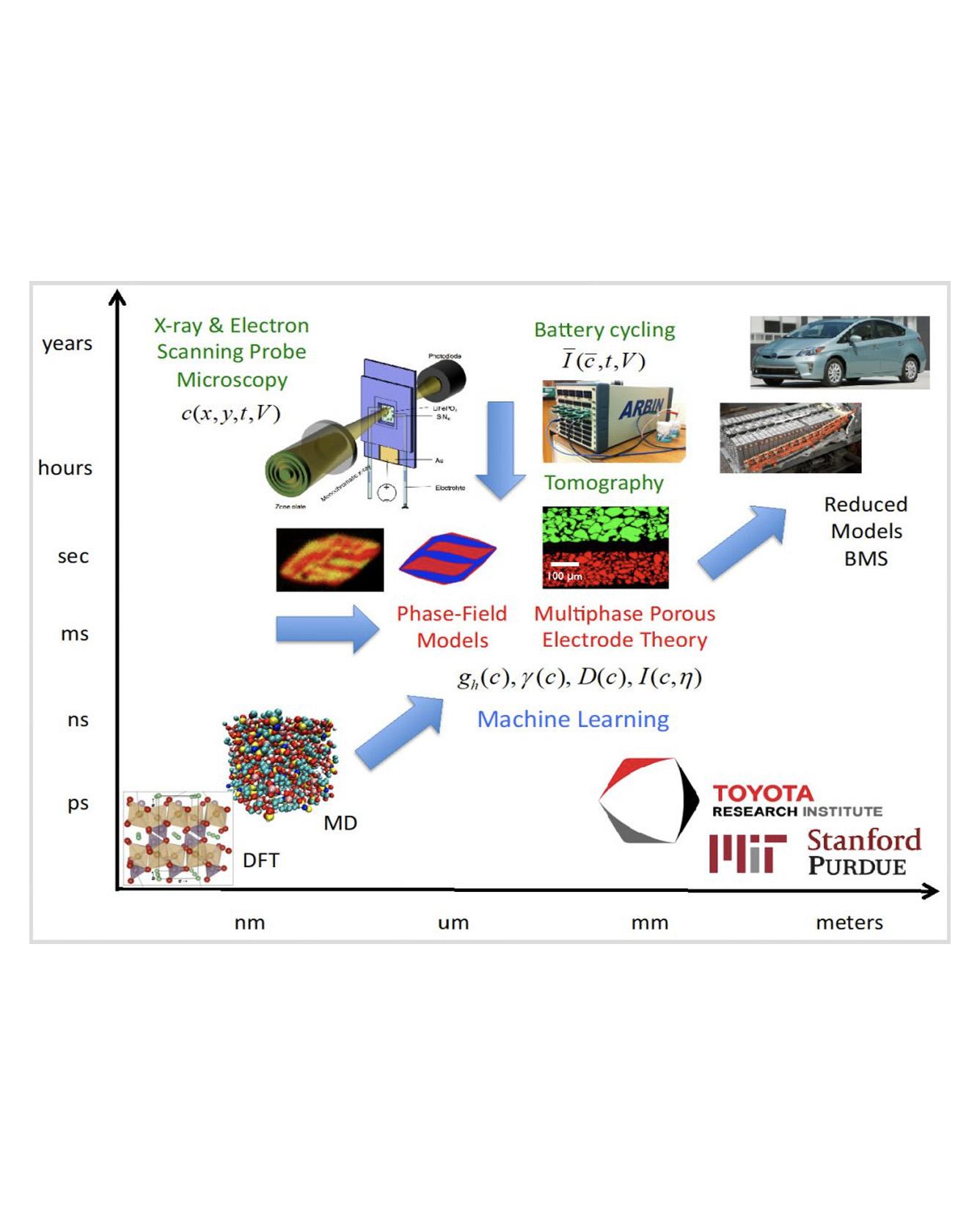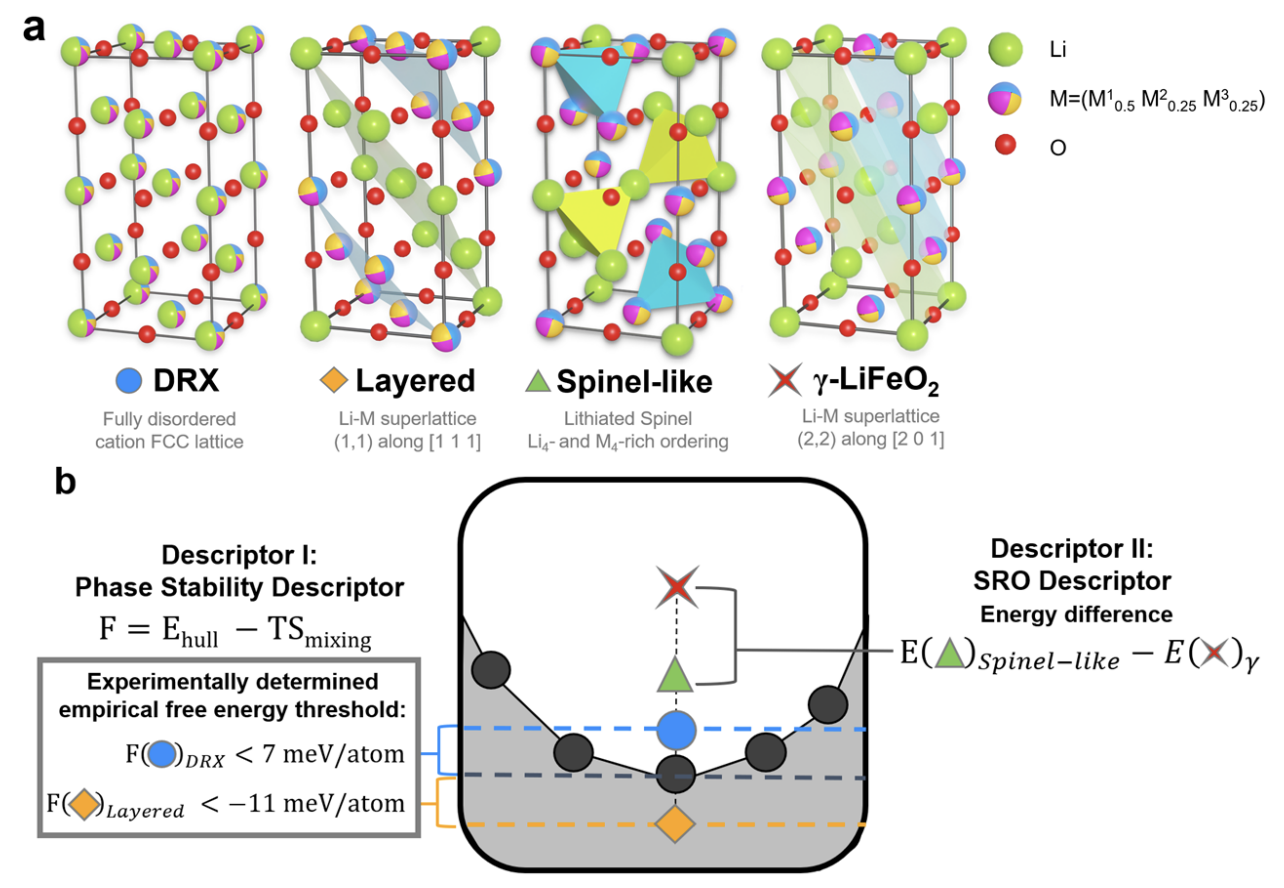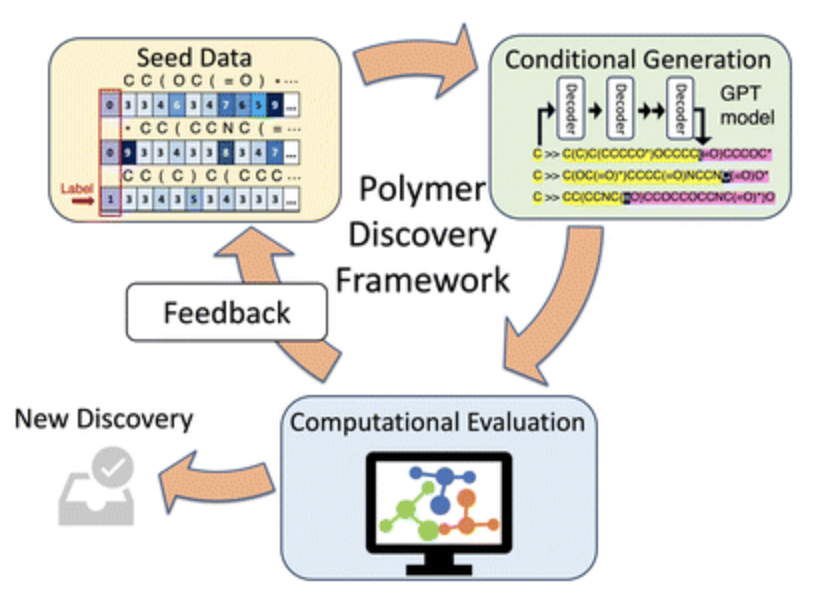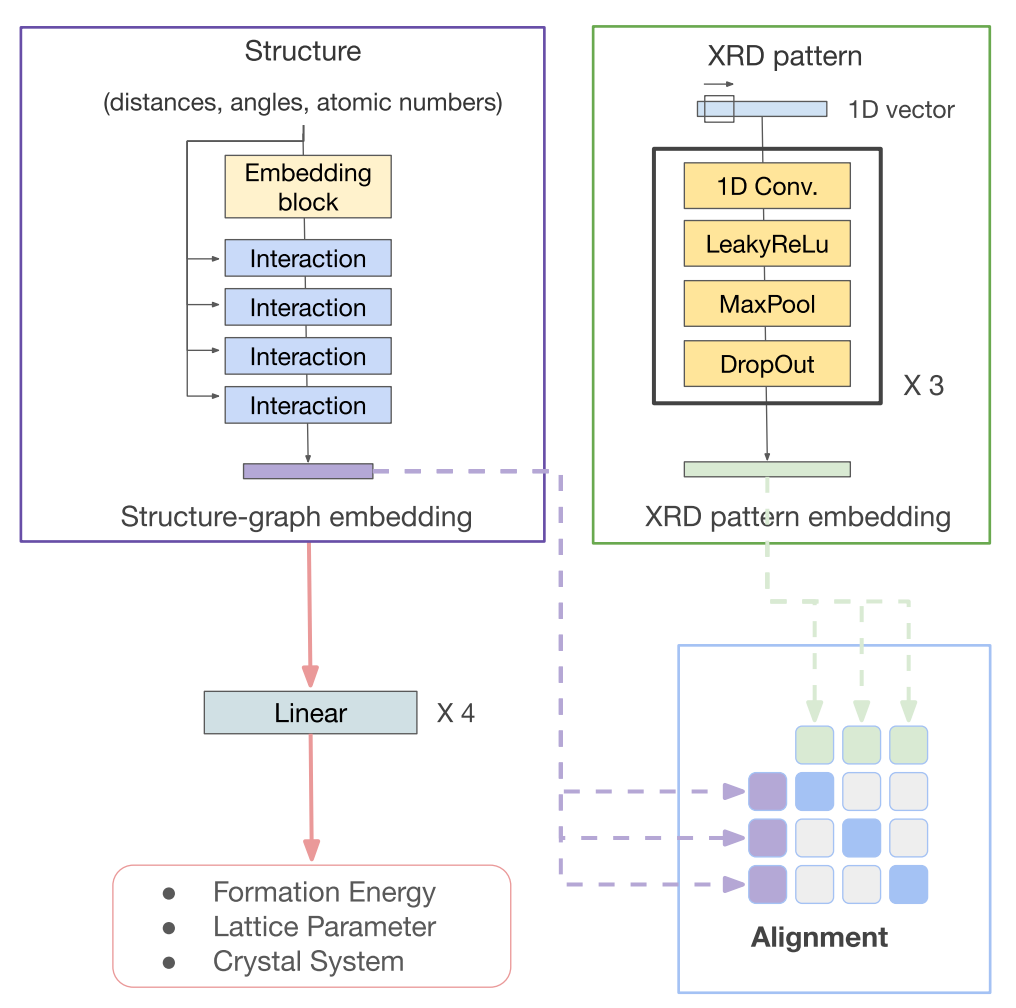
TRI Authors: Patrick H. Herring, Muratahan Aykol
All Authors: Peter Attia, Aditya Grover, Norman Jin, Kristen Severson, Bryan Cheong, Jerry Liao, Michael H Chen, Nicholas Perkins, Zi Yang, Patrick H Herring, Muratahan Aykol, Stephen J Harris, Richard D Braatz, Stefano Ermon, William C Chueh Lithium-ion batteries are complex electrochemical devices that spans multiple time and length scales. Such complexity presents challenges when engineering batteries. On a scientific level, establishing a physical picture that spans atomic, particle and device scales require integration of many types of data, physics/chemistry, and equations. On an engineering level, given the degrees of freedom, design of experiments can involve daunting number of permutations. The Center for Data-Driven Design of Li-Ion Batteries (D3BATT) at MIT, Stanford and Purdue aims to address these challenges by integrating a wide range of experiments, modeling, and data analytic approaches. In this talk, I will highlight the example of optimizing extreme fast charging, that is, charging batteries under ten minutes. We combined machine-learning and optimal experimental design methods to rapidly identify an effective extreme fast charging method on a time scale that is otherwise not possible. Read More
Citation: Attia, Peter, Aditya Grover, Norman Jin, Kristen Severson, Bryan Cheong, Jerry Liao, Michael H. Chen et al. "Closed-Loop Optimization of Battery Fast Charging Procedures." In Meeting Abstracts, no. 2, pp. 227-227. The Electrochemical Society, 2019.


